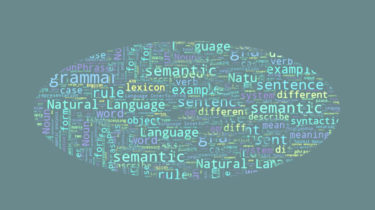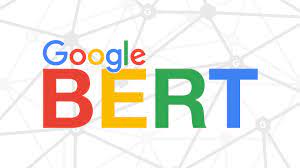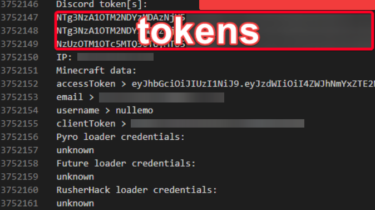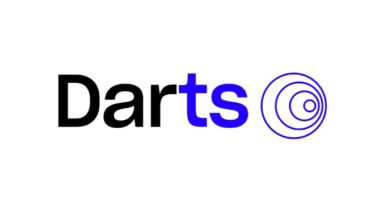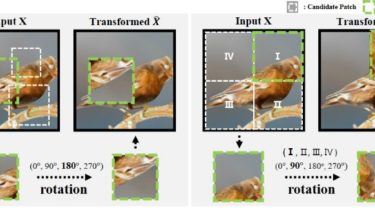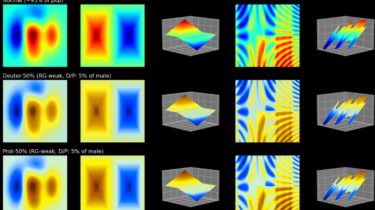Text Preprocessing made easy!
This article was published as a part of the Data Science Blogathon Introduction We will learn the basics of text preprocessing in this article. Humans communicate using words and hence generate a lot of text data for companies in the form of reviews, suggestions, feedback, social media, etc. A lot of valuable insights can be generated from this text data and hence companies try to apply various machine learning or deep learning models to this data to gain actionable insights. Text […]
Read more